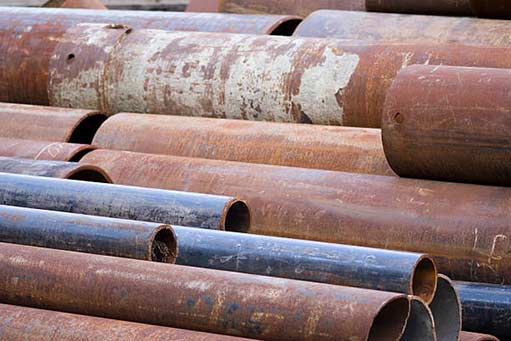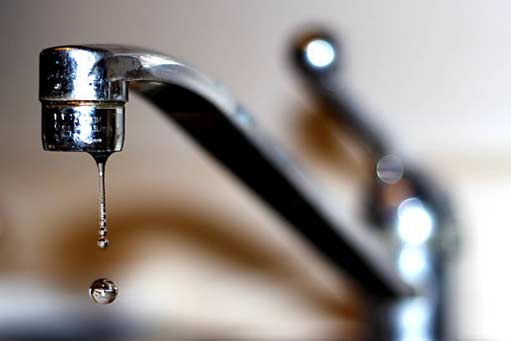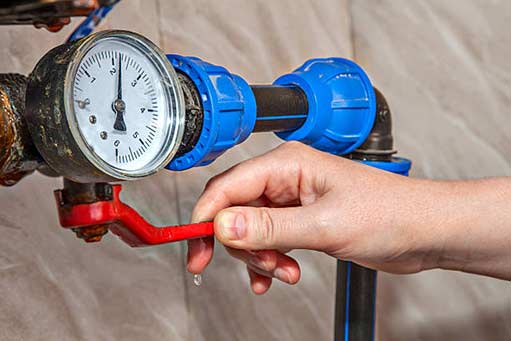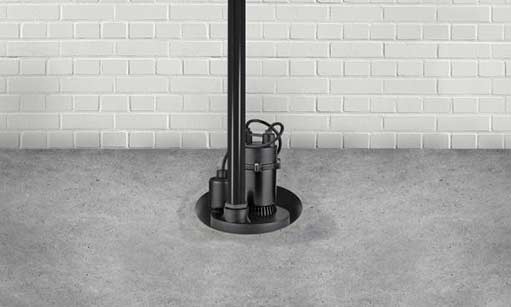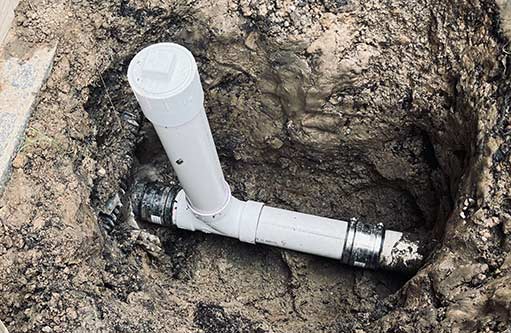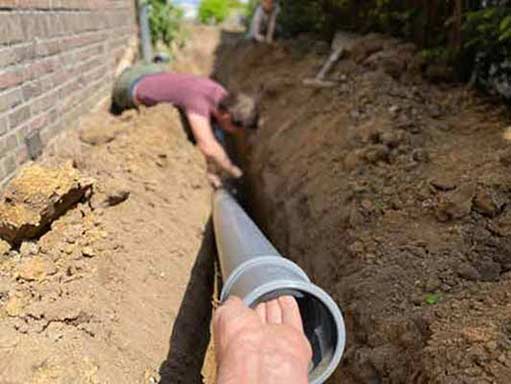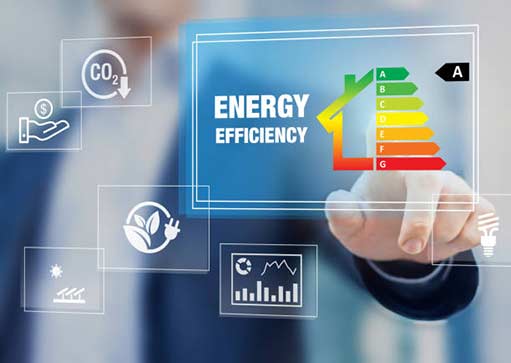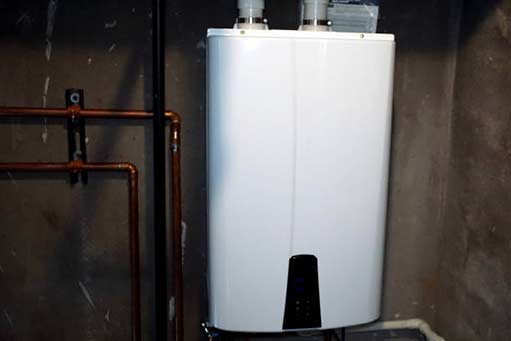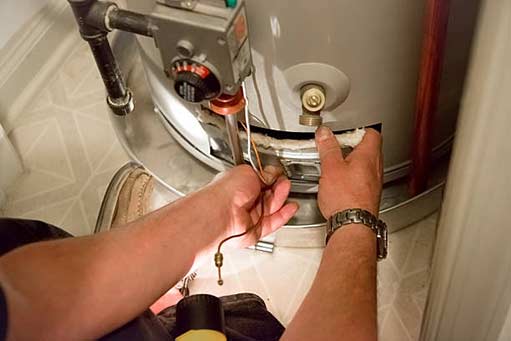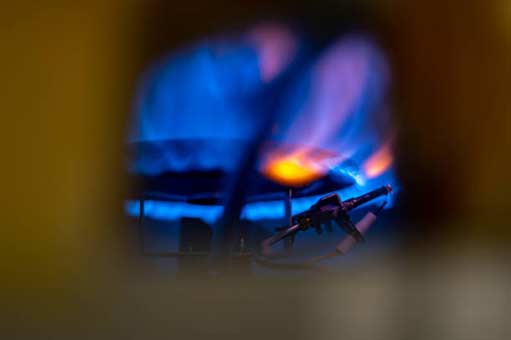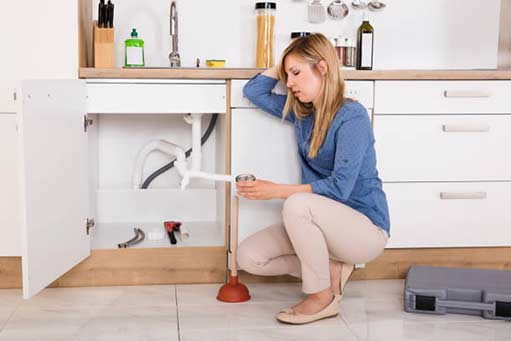
Water damage can be a costly and devastating issue for homeowners, causing structural damage, mold growth, and the loss of personal belongings. In this article, we will provide you with practical tips and advice to help you protect your home and prevent water damage. Whether you are a homeowner in Burbank or any other location, these tips will be useful for safeguarding your property.
Understanding the Risk of Water Damage
Before we get into the preventive measures, it’s important to understand the common causes and risks associated with water damage. By being aware of these factors, you can take proactive steps to mitigate potential issues.
Identifying Potential Sources of Water Damage
Water damage can originate from various sources within and around your home. Identifying these potential sources is crucial to implementing effective preventive measures. Here are some common culprits:
Plumbing System
Aging or faulty plumbing systems can be a significant risk for water damage. Regularly inspecting your pipes, fixtures, and ensuring proper maintenance can help prevent leaks, burst pipe emergencies, and other plumbing-related issues.
Roof
Damage to your roof, such as missing or damaged shingles, can allow water to enter your home during rainstorms or snowmelt. Regularly inspecting and maintaining your roof can help identify and address any issues before they result in water damage.
Basement and Foundation
Basements and foundations are prone to water damage due to their below-ground level. Poor drainage, cracks in the foundation walls, or inadequate waterproofing can lead to water seepage and flooding. Ensuring proper waterproofing and addressing any drainage issues is essential.
Appliances and Fixtures
Common household appliances and fixtures, such as washing machines, dishwashers, and toilets, can be sources of water damage if they malfunction or develop leaks. Regularly inspecting and maintaining these devices can help prevent potential issues.
Sump Pump Failure
If your home has a sump pump system, it’s important to ensure its proper functioning. Sump pump failure during heavy rainfall can lead to basement flooding and extensive water damage. Regularly test and maintain your sump pump to avoid any unpleasant surprises.

Clogged gutters and downspouts can lead to water overflow, which can seep into your home’s foundation, causing water damage. Regularly clean and maintain your gutters and downspouts to ensure proper water drainage.
Preventive Measures to Safeguard Your Home
Safeguarding your home from water damage involves a combination of regular maintenance, inspections, and preventive measures. Here are some effective strategies to protect your property:
Install a Water Leak Detection System
A water leak detection system can provide an early warning of any leaks or moisture buildup in your home. These systems can automatically shut off the water supply, helping to prevent significant damage in the event of a leak.
Regularly Inspect and Maintain Your Plumbing System
Schedule regular inspections of your plumbing system, including pipes, faucets, and toilets. Look for any signs of leaks, drips, or water stains. Promptly address any issues and consider replacing old or faulty plumbing components or reaching out to a professional Burbank plumber.
Keep Gutters and Downspouts Clean
Clogged gutters and downspouts can lead to water overflow, which can seep into your home’s foundation, causing water damage. Regularly clean and maintain your gutters and downspouts to ensure proper water drainage.
Maintain Your Roof
Inspect your roof regularly for any signs of damage, such as missing or damaged shingles. Address any issues promptly and consider hiring a professional roofing contractor for a more thorough inspection.
Ensure Proper Grading and Landscaping
Proper grading and landscaping can prevent water from pooling around your home’s foundation. Ensure that the ground slopes away from your home and consider using appropriate landscaping features, such as retaining walls or installing French drains, to redirect water away from the foundation.
Install a Sump Pump and Battery Backup System
If your home is prone to basement flooding, consider installing a sump pump system. Moreover, installing a battery backup for your sump pump will ensure its functionality during power outages or pump failures.
Use Water-Resistant Materials
When renovating or building, opt for water-resistant materials such as water-resistant drywall, waterproof membranes, and treated woods. These materials can help minimize damage in case of a water-related incident.
Educate Yourself on Emergency Water Shut-Off
Make sure you know the location of your main water shut-off valve and how to turn off the water supply in an emergency. This knowledge can be crucial in preventing extensive damage if a significant water leak occurs.
Inspect and Maintain Appliances Regularly
Keep a regular maintenance schedule for your appliances and fixtures. Inspect them for any signs of leaks, corrosion, or malfunction. Replace worn-out hoses and connectors to prevent potential water damage.
Water damage can wreak havoc on your home and finances, but by implementing these preventive measures, you can significantly reduce the risk. Regular inspections, proper maintenance, and quick action in addressing any issues are key to safeguarding your home. Remember, when it comes to water damage prevention, it’s better to be proactive than to deal with the aftermath of a disaster.
Safeguard your home today and enjoy peace of mind knowing that you’ve taken the necessary steps to protect your property from water damage in Burbank and beyond.

